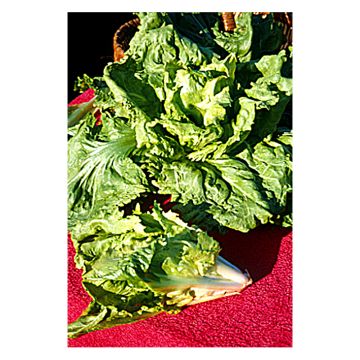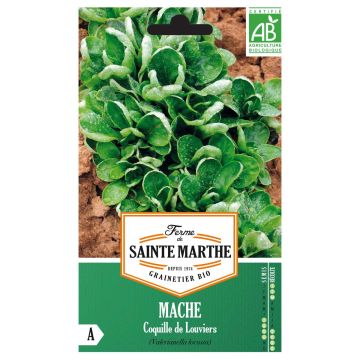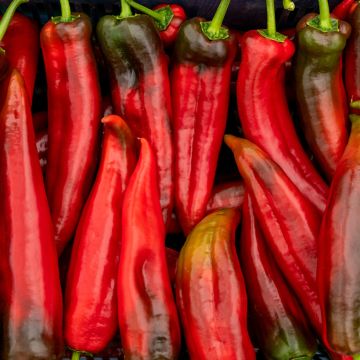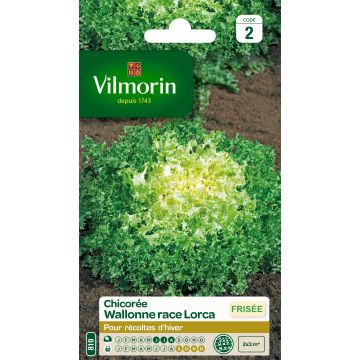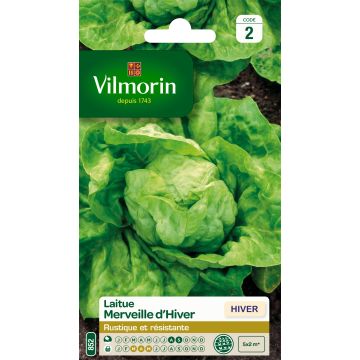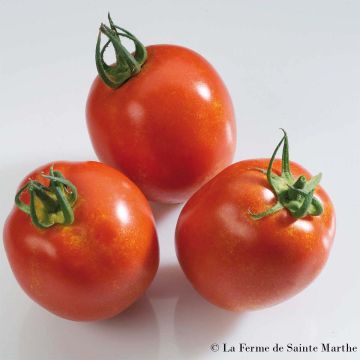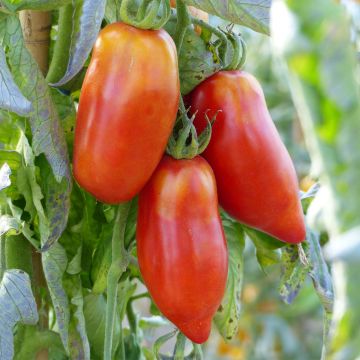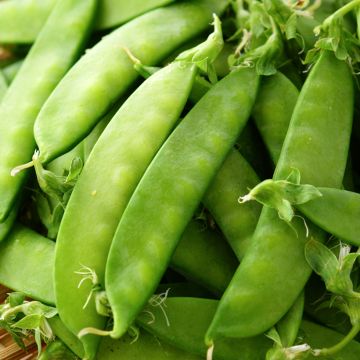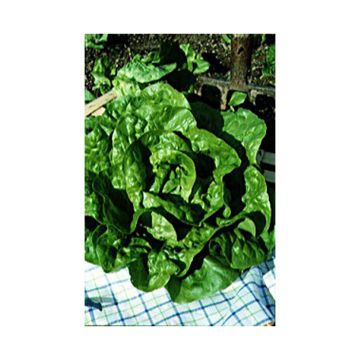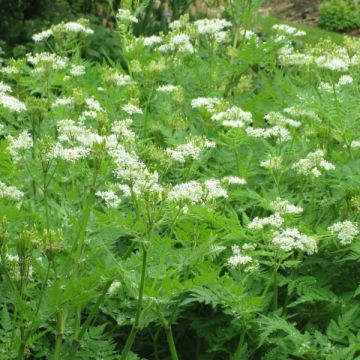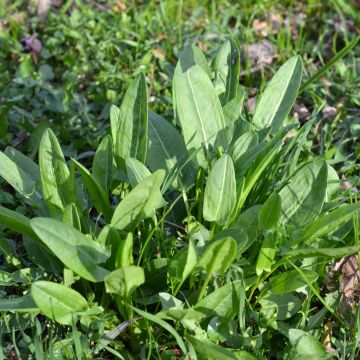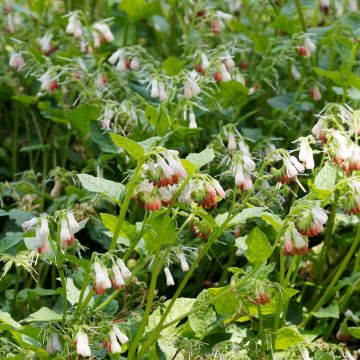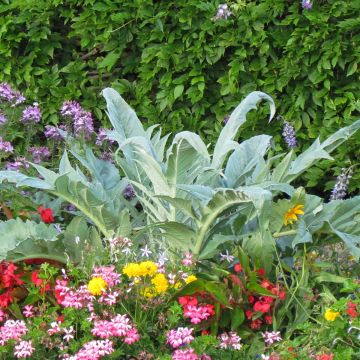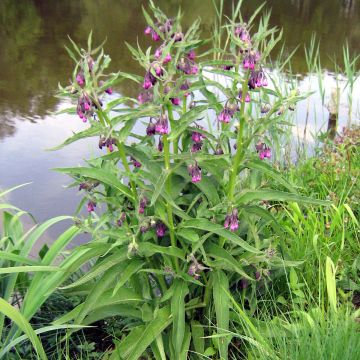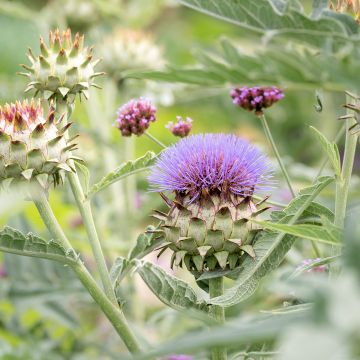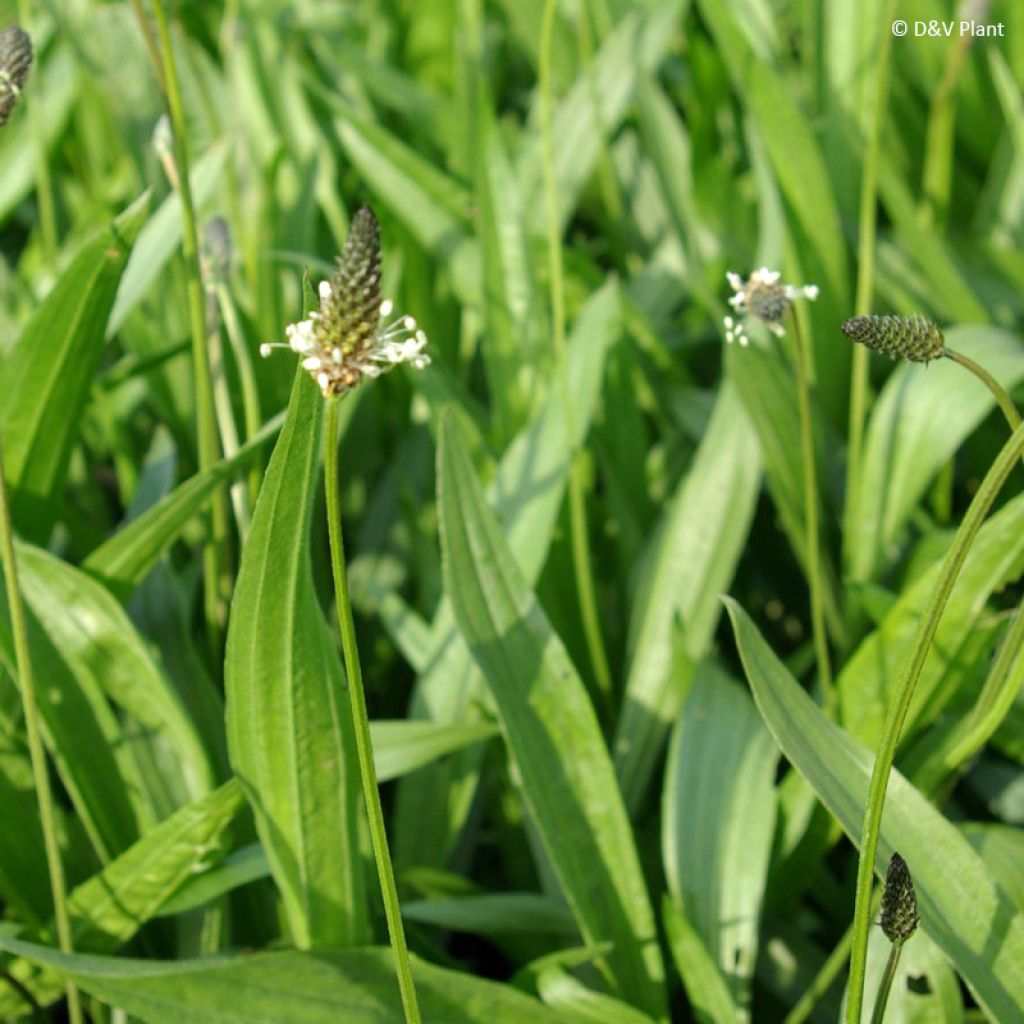

Plantain lancéolé - Plantago lanceolata
Ribwort Plantain - Plantago lanceolata
Plantago lanceolata
Ribwort plantain, Black Jack, Buckhorn, Cat's cradle, Chimney-sweeps, Cock grass, Cocks, Dog's ribs, English plantain, Headsman, Hen plant, Jack straws, Kemps seed, Klops, Knock-heads, Lamb's tail, Leechwort, Narrow-leaved plantain, Ram's tongue, Rat tail
This plant carries a 6 months recovery warranty
More information
We guarantee the quality of our plants for a full growing cycle, and will replace at our expense any plant that fails to recover under normal climatic and planting conditions.
From €5.90 for pickup delivery and €6.90 for home delivery
Express home delivery from €8.90.
Delivery to Corse prohibited: UE law prohibits the import of this plant from mainland France to Corse as part of the fight against Xylella fastidiosa. Please accept our sincere apologies.
More information
Description
Plantago lanceolata, also known as ribwort plantain, is known for its medicinal properties. It forms rosettes of long, hairy, lanceolate and veined leaves, from which emerge floral stems terminating in a spike of small, honey-rich flowers. The entire plant is edible, but the leaves are mainly consumed in salads, soups, or as an infusion. Ribwort plantain is renowned for its benefits to the respiratory system. When crushed, it is used to relieve insect bites. It is naturally found in soils that are quite poor in humus, with a tendency towards clay and a neutral to alkaline (limestone) pH. It self-seeds spontaneously in the garden, even in lawns.
It is a perennial plant of Eurasian origin. It belongs to the Plantaginaceae family. It is found in lawns, on compact or sandy terrain, fallow land, and cultivated fields. This perennial displays a tufted habit, composed of narrow leaves marked by deep parallel veins, topped by upright floral stems. Depending on the soil type and sunlight, the plant reaches a height of 20 to 50cm (8 to 20in) when flowering. The tiny flowers are gathered in a cylindrical spike at the end of the floral stems. They are popular with bees. Flowering takes place from April to October, depending on the climate.
In the garden, this herb is cultivated for its tender young leaves, which are consumed raw in salads or cooked like spinach. It can also be used to treat minor injuries like insect bites, as it has emollient and astringent properties.
Harvesting: harvest the young leaves throughout the year, as needed.
Storage: the leaves should be consumed immediately after harvesting.
Gardener's tip: it thrives in uncompacted soil.
Tortoises love ribwort plantain.
Report an error about the product description
Harvest
Plant habit
Foliage
Other Vegetable garden A to Z
Planting and care
It loves the sun and warmth. Plant it in a sunny location, starting from April, in well-tilled ordinary garden soil. It prefers clayey and calcareous soils, but adapts quite easily to any soil that is not too acidic. Once well-rooted, this plantain withstands summer drought well. Plant one every 30cm (12in) in all directions. It self-seeds spontaneously if the soil suits it. Cut the flower stalks if you want to prevent its spread.
Cultivation
Care
Intended location
This item has not been reviewed yet - be the first to leave a review about it.
Old and forgotten vegetables
Haven't found what you were looking for?
Hardiness is the lowest winter temperature a plant can endure without suffering serious damage or even dying. However, hardiness is affected by location (a sheltered area, such as a patio), protection (winter cover) and soil type (hardiness is improved by well-drained soil).

Photo Sharing Terms & Conditions
In order to encourage gardeners to interact and share their experiences, Promesse de fleurs offers various media enabling content to be uploaded onto its Site - in particular via the ‘Photo sharing’ module.
The User agrees to refrain from:
- Posting any content that is illegal, prejudicial, insulting, racist, inciteful to hatred, revisionist, contrary to public decency, that infringes on privacy or on the privacy rights of third parties, in particular the publicity rights of persons and goods, intellectual property rights, or the right to privacy.
- Submitting content on behalf of a third party;
- Impersonate the identity of a third party and/or publish any personal information about a third party;
In general, the User undertakes to refrain from any unethical behaviour.
All Content (in particular text, comments, files, images, photos, videos, creative works, etc.), which may be subject to property or intellectual property rights, image or other private rights, shall remain the property of the User, subject to the limited rights granted by the terms of the licence granted by Promesse de fleurs as stated below. Users are at liberty to publish or not to publish such Content on the Site, notably via the ‘Photo Sharing’ facility, and accept that this Content shall be made public and freely accessible, notably on the Internet.
Users further acknowledge, undertake to have ,and guarantee that they hold all necessary rights and permissions to publish such material on the Site, in particular with regard to the legislation in force pertaining to any privacy, property, intellectual property, image, or contractual rights, or rights of any other nature. By publishing such Content on the Site, Users acknowledge accepting full liability as publishers of the Content within the meaning of the law, and grant Promesse de fleurs, free of charge, an inclusive, worldwide licence for the said Content for the entire duration of its publication, including all reproduction, representation, up/downloading, displaying, performing, transmission, and storage rights.
Users also grant permission for their name to be linked to the Content and accept that this link may not always be made available.
By engaging in posting material, Users consent to their Content becoming automatically accessible on the Internet, in particular on other sites and/or blogs and/or web pages of the Promesse de fleurs site, including in particular social pages and the Promesse de fleurs catalogue.
Users may secure the removal of entrusted content free of charge by issuing a simple request via our contact form.
The flowering period indicated on our website applies to countries and regions located in USDA zone 8 (France, the United Kingdom, Ireland, the Netherlands, etc.)
It will vary according to where you live:
- In zones 9 to 10 (Italy, Spain, Greece, etc.), flowering will occur about 2 to 4 weeks earlier.
- In zones 6 to 7 (Germany, Poland, Slovenia, and lower mountainous regions), flowering will be delayed by 2 to 3 weeks.
- In zone 5 (Central Europe, Scandinavia), blooming will be delayed by 3 to 5 weeks.
In temperate climates, pruning of spring-flowering shrubs (forsythia, spireas, etc.) should be done just after flowering.
Pruning of summer-flowering shrubs (Indian Lilac, Perovskia, etc.) can be done in winter or spring.
In cold regions as well as with frost-sensitive plants, avoid pruning too early when severe frosts may still occur.
The planting period indicated on our website applies to countries and regions located in USDA zone 8 (France, United Kingdom, Ireland, Netherlands).
It will vary according to where you live:
- In Mediterranean zones (Marseille, Madrid, Milan, etc.), autumn and winter are the best planting periods.
- In continental zones (Strasbourg, Munich, Vienna, etc.), delay planting by 2 to 3 weeks in spring and bring it forward by 2 to 4 weeks in autumn.
- In mountainous regions (the Alps, Pyrenees, Carpathians, etc.), it is best to plant in late spring (May-June) or late summer (August-September).
The harvesting period indicated on our website applies to countries and regions in USDA zone 8 (France, England, Ireland, the Netherlands).
In colder areas (Scandinavia, Poland, Austria...) fruit and vegetable harvests are likely to be delayed by 3-4 weeks.
In warmer areas (Italy, Spain, Greece, etc.), harvesting will probably take place earlier, depending on weather conditions.
The sowing periods indicated on our website apply to countries and regions within USDA Zone 8 (France, UK, Ireland, Netherlands).
In colder areas (Scandinavia, Poland, Austria...), delay any outdoor sowing by 3-4 weeks, or sow under glass.
In warmer climes (Italy, Spain, Greece, etc.), bring outdoor sowing forward by a few weeks.

































